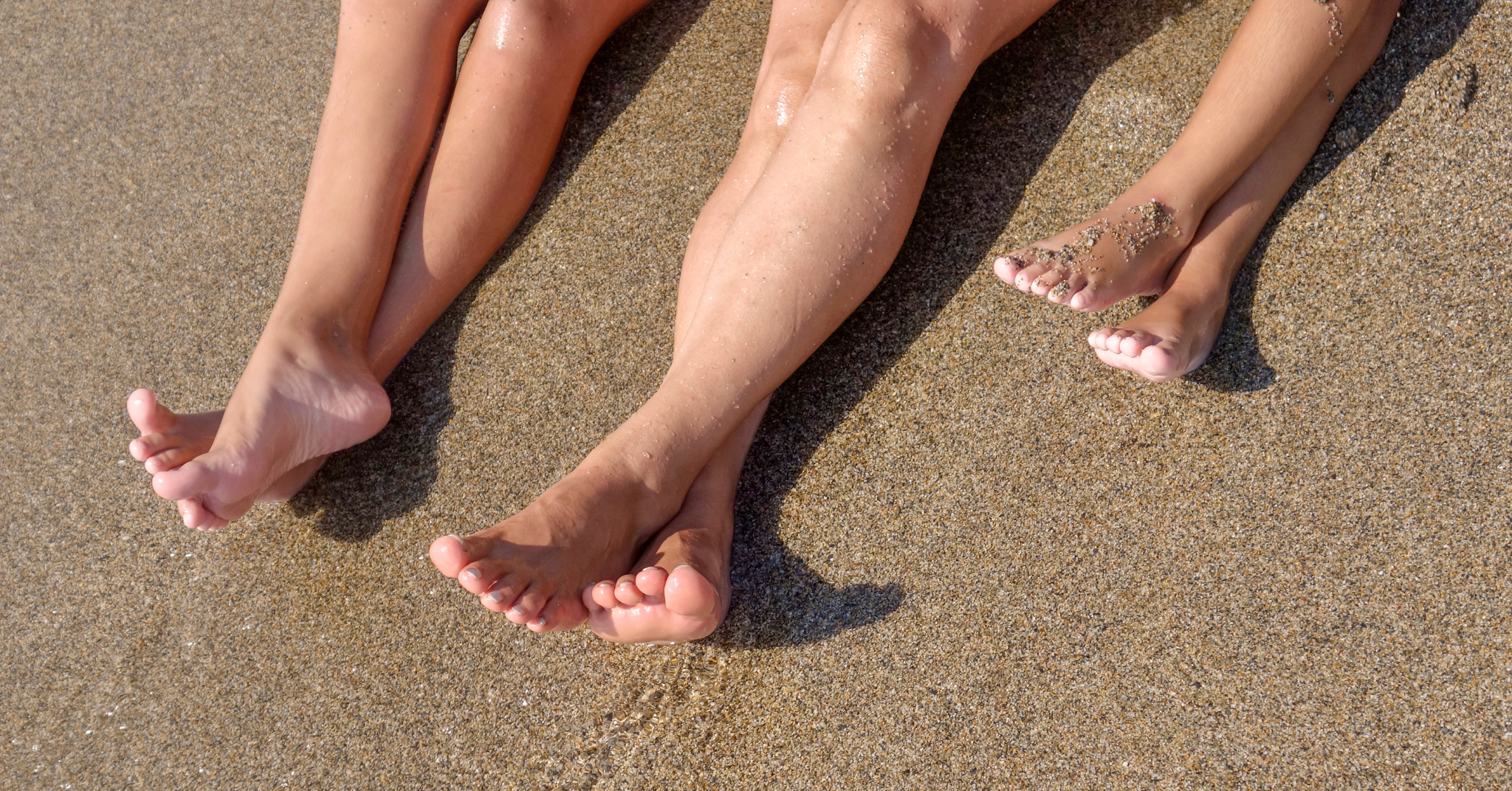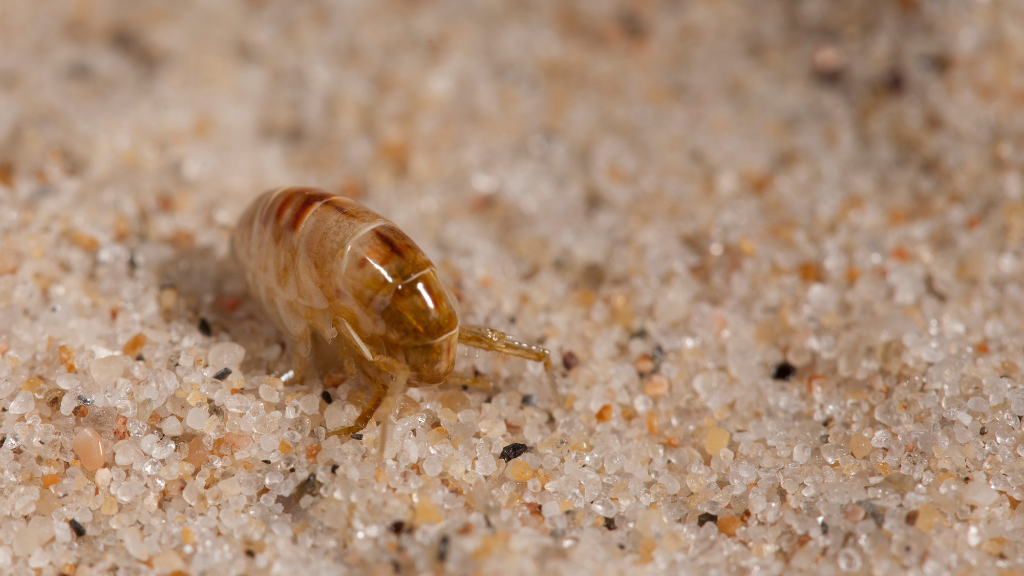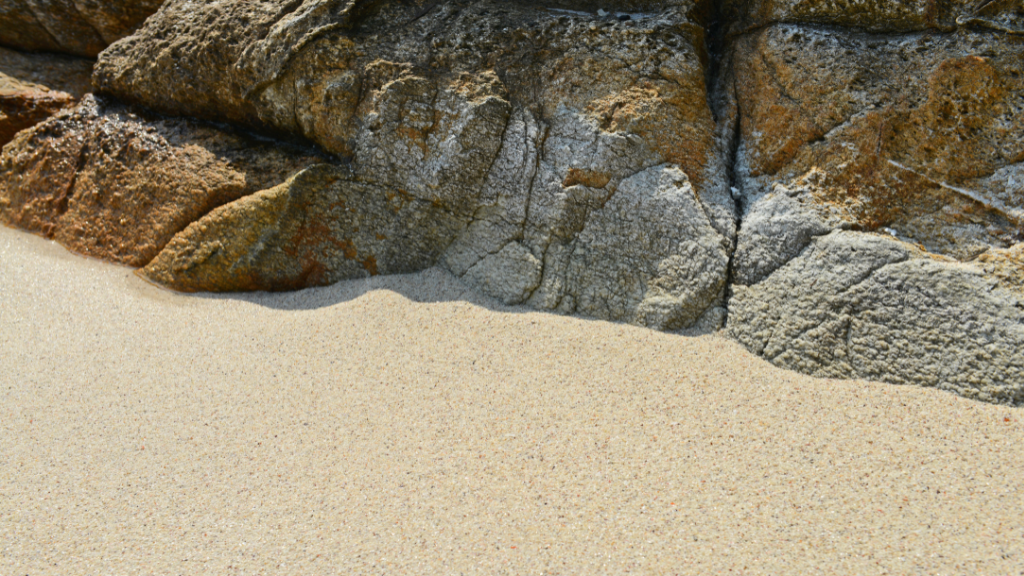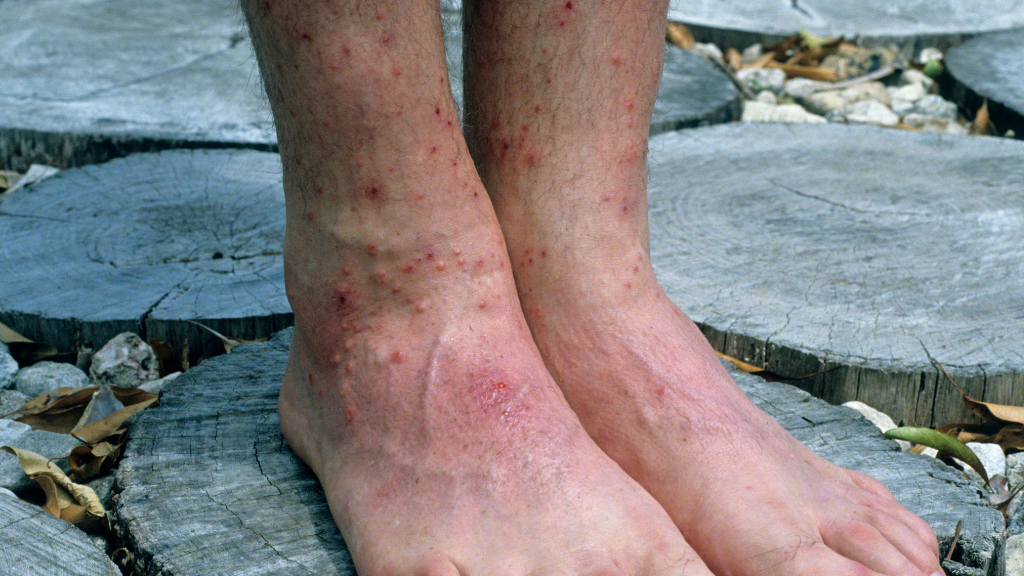What Are Sand Fleas?

What Are Sand Fleas?
There are quite a few creatures that people refer to as sand fleas, which can cause some confusion. In general, a true “flea” refers to an insect of the order Siphonaptera which feeds on the blood of animals… including people. According to this definition, the true sand flea is Tunga penetrans: a parasitic burrowing flea not commonly found in the United States.
Other animals like Talitridae, sand flies, and sand crabs are also commonly referred to as sand fleas, but these creatures actually belong to different scientific families.

What Are Sand Fleas?
The sand flea, or Tunga penetrans, is also most commonly called a jigger flea or a chigoe flea. Depending on the region, these fleas have several other names as well, like the bicho de pé in Brazil. As the name suggests, sand fleas live in sandy climates and feed off host blood. These parasitic creatures have been documented for hundreds of years, back to Christopher Columbus’s voyage to the Americas. Unlike common fleas, sand fleas can’t jump very far, so most contact with humans occurs directly while walking or sitting in sand. Sand fleas are most commonly found near bodies of water, but they can also be found in dry sand away from the beach as well.
What Do Sand Fleas Look Like?
The adult sand flea is actually the smallest known flea. These tiny brown insects are about 1 mm in length, making them very hard to spot. In fact, you probably won’t be able to see them at all while walking around a beachy area. Sand fleas keep a low profile underneath the sand, so they unfortunately tend to sneak up on you.
If you happen to see a small insect at the beach jumping around like a flea, it’s more likely to be a different species called a beach hopper (see more below).
After mating, the female sand flea can grow up to 1 cm in size as hundreds of eggs fill her abdomen. At this stage, a pregnant sand flea is much more visible and looks like a little white pebble with a tiny brown spot on one end. In this phase of the life cycle, the sand flea is already attached to a host.

Where Do Sand Fleas Live?
The Tunga penetrans does not live in the United States. True sand fleas live in sandy environments mainly in South America, Central America, Mexico, Africa, and India. Sand fleas are also sometimes found in the UK, but they tend to thrive in warmer climates that make breeding conditions more ideal. Sand fleas typically live a few centimeters under the surface of the sand to help increase their chances of survival.
If you’re vacationing in a tropical climate, be sure to wear shoes on the beach to avoid these nearly invisible pests.

Do Sand Fleas Bite Humans?
Unfortunately, sand fleas do bite humans. They are unique among fleas, as most fleas prefer one or two specific hosts like dogs or rodents. The Tunga penetrans will feed off of over 26 different hosts—including humans.
Most of the time, sand fleas bite your toes and feet because they come in contact with humans walking around the beach. Male sand fleas feed on a host, mate with female fleas, then die.
Female sand fleas are much more dangerous. After mating, they burrow into your skin and latch onto a blood supply to continue feeding. When burrowing, they leave the caudal tip of their abdomen exposed outside of your skin so they can defecate and drop eggs. You may be able to spot them on your feet if you see this small brown tip sticking out, so be sure to examine your skin after a trip to the beach.
While sitting just under the skin, female sand fleas begin filling with hundreds of eggs. It’s usually during this time that people notice pain, discomfort, and itching as the flea grows in size.
This burrowing under the skin is a serious condition called tungiasis. Sometimes dozens of females will attach themselves to one host, creating an immensely painful infestation. When female fleas reach the end of their life cycle, they drop their eggs to the ground (rather than hatching them under the skin), and then die. If left under the skin, dead fleas can cause serious sores and infection. To treat tungiasis, a doctor must extract the adult fleas. Extracting the fleas yourself can be unsanitary and lead to infection.
Other Animals Known as Sand Fleas
Tunga penetrans isn’t the only animal known as the sand flea. Other sand-dwelling creatures also go by this common name, including beach hoppers, sand flies, and sand crabs.
Talitridae (Beach Hoppers/Sand Hoppers)
One of the most common beach creatures with the sand flea misnomer is the Talitrus saltator. These shrimp-like critters are not fleas, do not feed on host blood, and do not bite humans. In fact, they feed on mostly seaweed and other ocean vegetation. Talitridae are from the crustacean family and are often seen hopping or jumping in the sand on beaches in the eastern and western United States, as well as on the Hawaiian islands. Beach hoppers also create distinct little holes in the sand as they burrow to avoid crashing waves. If you come across sand hoppers at the beach, there’s no need to worry about them biting or bothering you.
Sand Flies
Sand flies are tiny black flies that thrive on warm, moist, sandy beaches. If you’ve ever left a day of sunbathing at the beach only to find your legs covered in little red itchy spots, you probably encountered sand flies. These insects do bite humans and can be extremely annoying, but are not necessarily dangerous in the United States. To avoid sand fly bites, you can use insect repellent, wear long sleeves and pants, or move around at the beach rather than staying in one spot.
Sand Crabs/Mole Crabs
Sand or mole crabs (Emerita analoga) are another creature commonly referred to as sand fleas. These animals are crustaceans and can reach an inch or two in length. They have a distinctive rounded exoskeleton to protect them from predators and are usually white or brown in color to blend in with their surroundings. When flipped upside down, you can see bright orange eggs stored in the underbelly of female sand crabs. Sand crabs burrow in the sand, do not bite or pinch humans, and make for great fishing bait in Florida.
Many pests have different common names that vary by region, so if you’re having trouble identifying a problematic invader, contact the professionals at Moxie Pest Control. Our field experts are trained to identify pests based on anatomy, behavior, and habitat. They can provide the information and services you need to reclaim your peace of mind and evict unwanted pests.
Sources
- https://www.aocd.org/page/Jiggers
- https://www.health.com/condition/skin-conditions/sand-flea-bites
- https://www.cdc.gov/dpdx/tungiasis/index.html
- https://blogs.biomedcentral.com/bugbitten/2019/05/31/jiggers-a-painful-infestation/
- https://uk.inaturalist.org/taxa/308601-Tunga-penetrans
- https://edis.ifas.ufl.edu/publication/IN377
- http://fishingdestinguide.com/baitSANDFLEAS.html
- https://www.floridagofishing.com/fishing-live-bait.html
- https://www.skagitbeaches.org/creatures-list/105-beach-hoppers.html
Author Bio
Courtney Enzor has worked in the pest control industry for about a decade. From helping you build a fly trap to giving you the best tips for identifying various bugs, she loves answering all your pest-related questions and sharing her pest-related expertise through writing. At the end of the day, she hopes her content will help people avoid mishaps and keep families happy and healthy!

